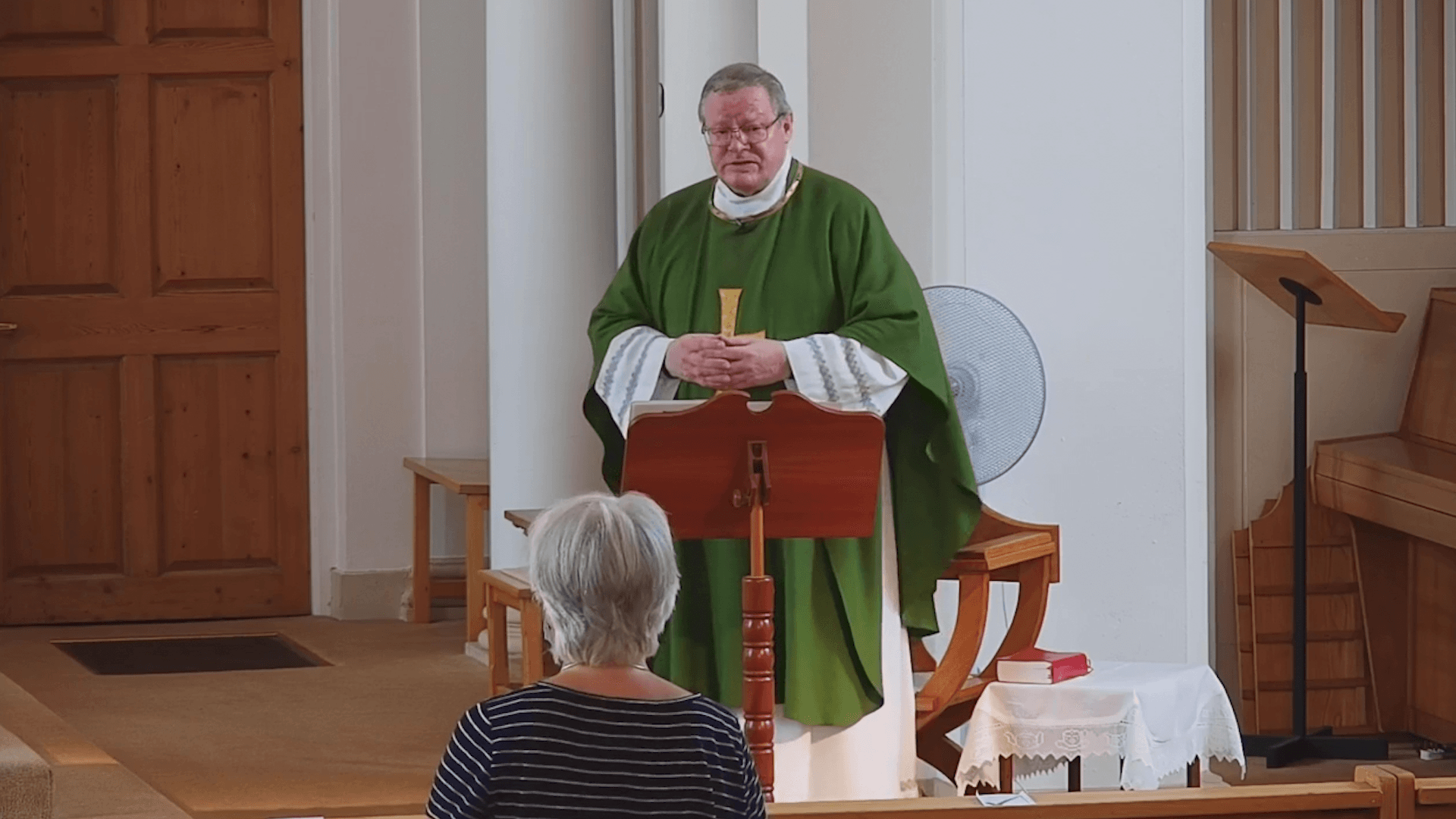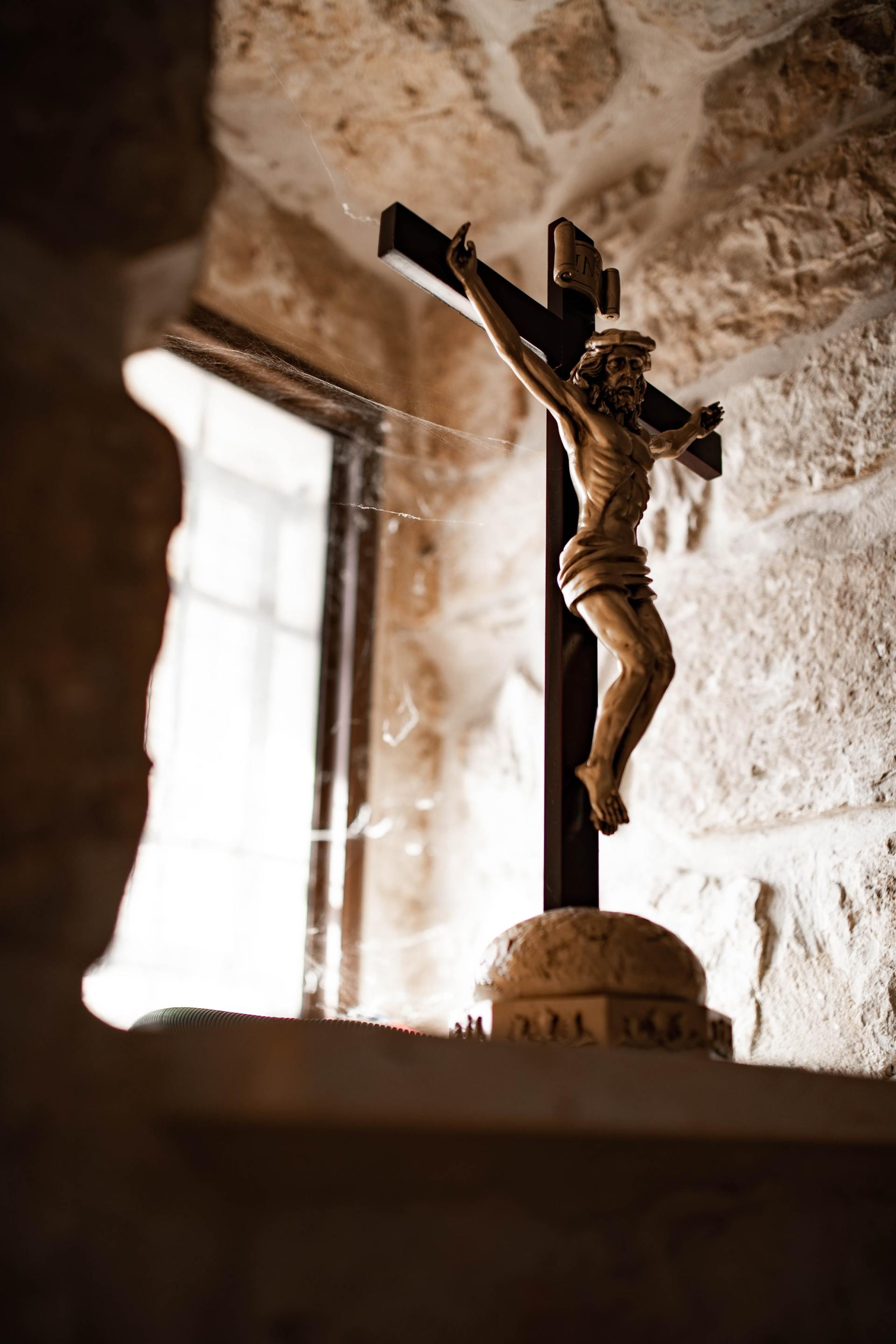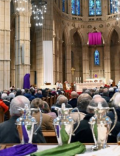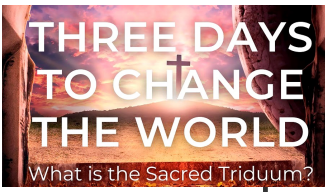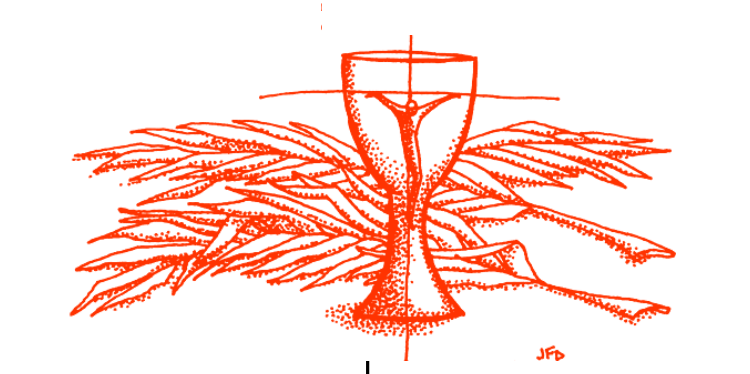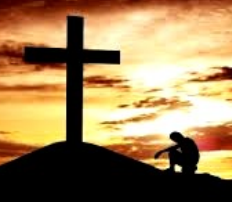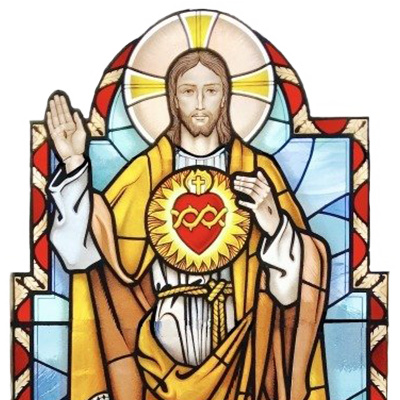Sunday 14th March 2021
This weekend we hear one of the most well known and best-loved verses in the whole of John’s gospel, a verse that proclaims “God so loved the world that he gave his only Son, so that everyone who believes in him might not perish but might have eternal life.” These words are spoken in the context of the night visit of Nicodemus to Jesus. Nicodemus, a Pharisee and Jewish leader and teacher, avoids the daylight that might reveal him as associating with a man who is unpopular with the religious institution, and so arouse suspicion of Nicodemus’ own motives and stance. To be unafraid or unashamed of professing our friendship with Jesus by the way we live every day always brings hard demands. The German theologian Eugene Drewerman gives us a memorable image of ourselves when, in the words of the gospel, we have ‘preferred darkness to light,’ to that light which is the only Son of God, given for its salvation to the world that God loves so much: “it can happen that we become like bats, like night-flying creatures who are so accustomed to the dark that our whole biorhythm is attuned to these shadowy periods, as if our eyes would be turned inside out if we were dragged out of our caves and the hidden and fearful forms of our existence were exposed to the quiet regions of light and the brightness of day.”
But we prefer the false safety of darkness to the light of Christ that exposes, for example, our selfish, racist, sexist, or violent selves. We all have our own caves that we need to name. Lent is designed to drag us out of their darkness into the Easter light of Christ through prayer, fasting, and the “almsgiving” of the gift of ourselves as well as the offer of material assistance to our brothers and sisters in many kinds of need.
To help the night visitor, Nicodemus, to come into the light of understanding something of his mystery and mission, Jesus uses a good catechetical approach: he talks the language of his listener. He reminds this “teacher of Israel”, who is very much in the dark, of a story from their own Hebrew Scriptures. In the wilderness, the people grumble against God and are struck with a plague of serpents whose bite could cause death. The people come to Moses, admit their sinfulness, and ask him to intercede for them with God. When he does so, God tells Moses to forge a bronze serpent, fix it and raise it up before those who are stricken. If they gaze on it, they will be saved. This seems a great paradox: healing and life from gazing on a creature of death! But they obey and are healed.
In our humanity, we are all bitten by death; yet Jesus tells Nicodemus, the God who is love wants to give us life that never ends. And so the flesh of the Son of Man will be brutally, senselessly twisted around the wood of the cross, forged by the fire of his passion and death, and raised up for our salvation. Tn John’s gospel, ‘raising’ or ‘lifting up’ always has the double sense of crucifixion and exaltation, death and resurrection, for the two movements are inseparable. To gaze with the eyes of faith on this mystery and commit ourselves to it will mean eternal life. Jesus does not come to judge, but as a turning on a light exposes what is hidden in darkness, so it is when the light of Christ shines upon us to expose both good and evil. The cross that will be raised up and venerated on Good Friday will give way at the Easter Vigil to the raised Easter candle, marked with the cross of fragrant ‘nails’ of incense, from which we catch fire and rekindle our baptismal commitment to the saving and universal love of Jesus Christ.
